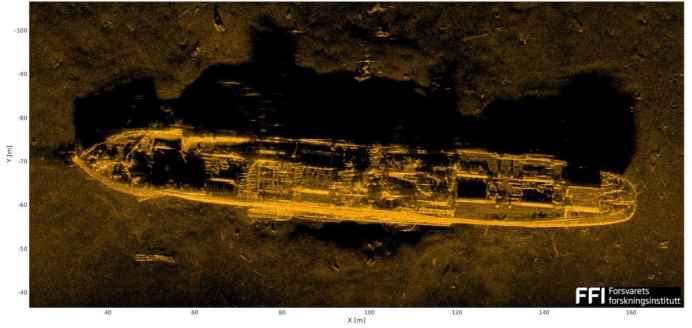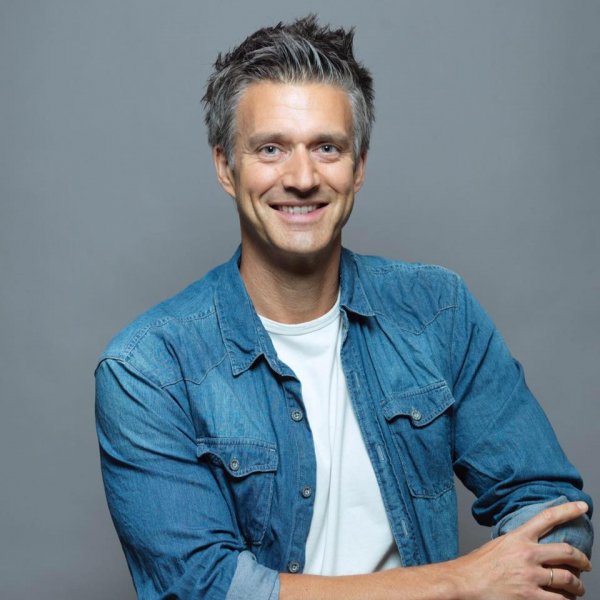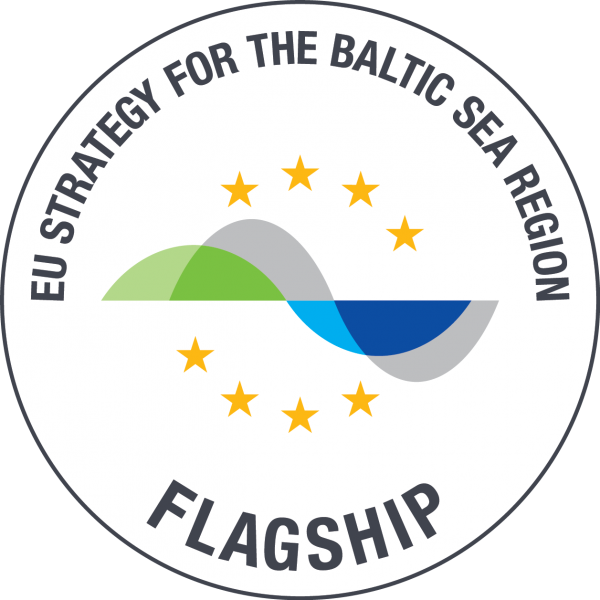Cover Photo by FFI
In the aftermath of World War II, Allied forces dumped large quantities of chemical weapons and ammunition directly overboard or lowered into discarded vessels. The initial idea was that seawater would consume and destruct the explosives. However, this is an extremely time-demanding solution. In many cases, the ammunition is as sensitive today as it was 70 years ago.
Approximately 50.000 tonnes of chemical weapons and 200.000 tonnes of conventional weapons are buried in the mud of the Baltic Sea, in addition to 168.000 tonnes in the Skagerrak sea.
– Dumped ammunition poses a great security risk. These can harm the people who find it. After many years below sea level, with increasing corrosion on the ammunition, chemicals are leaking out. These chemicals are potential contaminators. Nor can we exclude that substances might get absorbed in farmed fish and other sea-based food, explains Øyvind Voie, at the Norwegian Defense Research Establishment (FFI).
Øyvind Voie/FFI
Bristle worms and simulated bomb
The Interreg project Daimon (Decision Aid for Marine Munitions) has gone into depth to clarify the risk posed by these dump sites. The project consists of partners from Poland, Germany, Lithuania, Russia, Finland, Sweden, and Norway. On the Norwegian side, FFI leads the project activity. Daimon is part of the Interreg Baltic Sea program and has status as a flagship project in the EU Strategy for the Baltic Sea Region (EUSBSR).
– The collaboration with our colleagues has been superb throughout the project period. One of the exciting features of this project is the holistic and interdisciplinary approach. This includes toxicologists looking at the impact of environmental toxins in bristle worms and other marine wildlife, as well as experts on ocean currents, to mention some, elaborates Voie.
The Norwegian project partners have participated on several expeditions to locate the shipwrecks and the potential risk they pose. With this information, the researchers have developed a map with locations of weapon landfills, as well as a “traffic light system” that provides information about the danger level of each site.
Under controlled conditions, the FFI has conducted an experiment with a simulated bomb in order to better understand the spread of leakage from chemical ammunition.
Photo by FFI
A hidden risk under the surface
On regular occasions, the media reports on civilian weapon discoveries. Armed forces are given the task of removing or detonating these findings. However, this is a minimum strategy and there is a great need for a more proactive and preventive approach.
There is no clear answer whether to raise, secure or not doing anything when finding these weapons. This must be considered on a case-by-case basis. Therefore, the Daimon project has developed a digital toolbox for public authorities. This will provide guidance on environmental and safety risks.
– The toolbox is our single most important product, and we are very keen to distribute this to the relevant stakeholders. First and foremost, it will be of interest to government agencies such as Norwegian Coastal Administration, Norwegian Environment Agency, county governors, but also municipalities that need more knowledge about these wrecks. For example, this could be vital information if a municipality is to install a sea cable at such site, says Voie and adds:
– This hidden risk should be taken more seriously. There is a need for more founding so the weapons can be cleaned up in advance, instead of being handled only when serious incidents occur.
A flagship for clean oceans and marine safety
The Daimon project holds status as a flagship project in the EU Strategy for the Baltic Sea Region (EUSBSR). In the strategy, the EU member states around the Baltic Sea (Sweden, Denmark, Estonia, Finland, Latvia, Lithuania, Poland and Germany) work together to strengthen cooperation between countries bordering the Baltic Sea, in order to meet common challenges and to benefit from common opportunities facing the region.
The strategy also welcomes cooperation with EU neighboring countries (Norway, Russia, Iceland, and Belarus).
A clean ocean, free of weapons, is important for both the environment and marine safety. In this way, the Daimon project contributes to clean and safe shipping, a key objective in the strategy.








